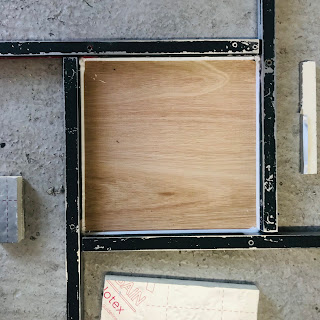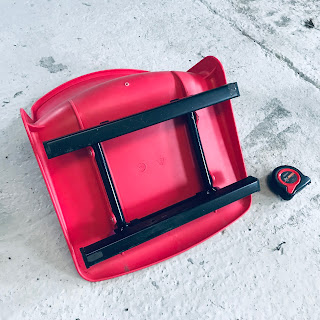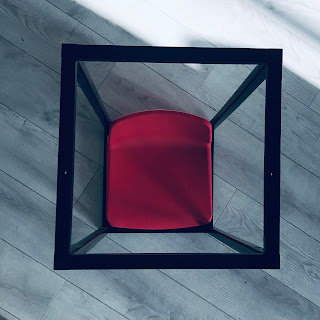We've now to arrange these components along each of the cantilevered arms of the drone in order to create our 'virtual quad' and they are respectively 6s 2900 mAh lipo battery packs, along with T-motor U7 V2 KV280 motors and FLAME 80A V2 12S speed controllers.
In the previous prototype which can be seen at https://evtol.news/teledrone-mk-vii these had to run way above spec in order to raise the 17.50 kilo gross weight of the aircraft, and so it will be interesting to see if the offset pairs of propellers are able to produce the extra thrust that we could expect... on paper at least.
Key considerations in allocating these components are the fact that the centre of the drone has ideally to be preserved for the flight controller, whilst all else has to avoid each of those bolts that retain the accommodation booth below.
A benefit of re-using these parts, too, is the fact that they are already wired together.
Meanwhile a benefit of producing these personal air vehicles in kit form (which Jetson set out to do but changed their minds, doubtless in view of the relative complexity of the product) is that you don't would not have to worry about what goes where unduly.
Finally a benefit of the outline we are working on here is that it is relatively flexible as to which components to choose and as to what goes where. Conventionally humans have had to fit helicopters, whereas with PAVs we could be entering a world in which helicopters are tailored to the size and weight of different people... bizarre, but true.








































